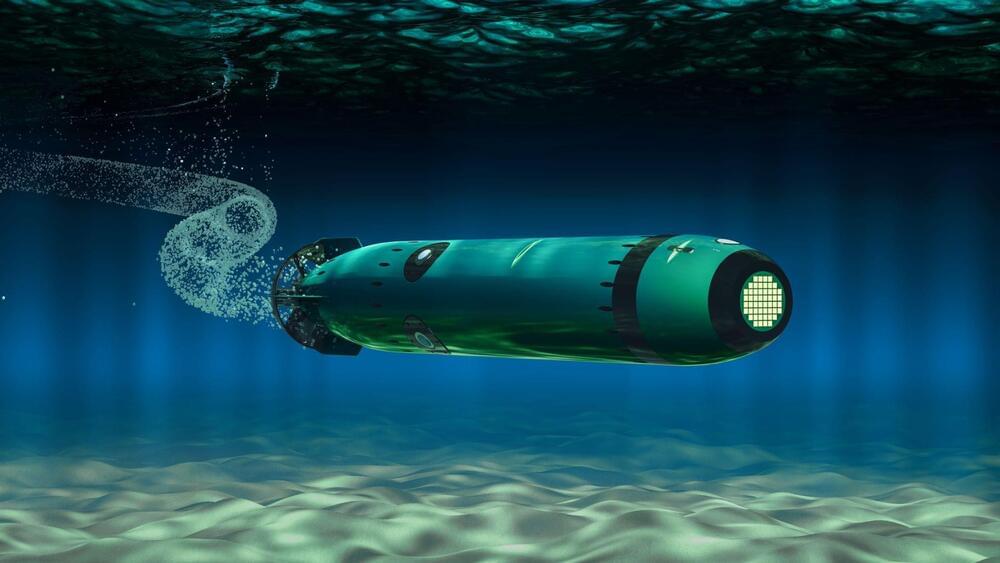This will make solar the cheapest type of clean energy.
The biggest challenge with solar power is that it can be produced only during the day. This is also one of the major reasons why many people and industries abstain from investing in solar panels because they are not a stable source of power. However, 26-year-old innovator and entrepreneur Ben Nowack claims to have developed a method that would allow solar energy production during the night as well.
ILexx/iStock.
Nowack has previously worked at SpaceX and currently, he is the CEO of Tons of Mirrors, a company that he founded with a vision to replace fossil fuels by making solar energy cheaper and more accessible than ever. Tons of Mirrors has plans to install a special setup incorporating large mirrors and a collimator device on the International Space Station (ISS). This setup on ISS would be able to redirect sunlight to solar panels on Earth during the night.







